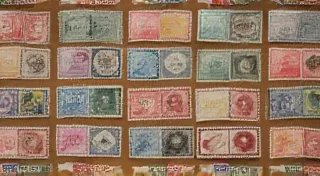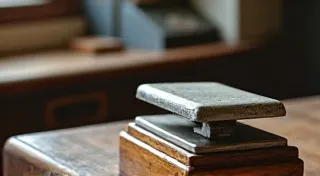The Unwritten Chapters: Lost Typewriter Stories and the Silence of Machines
The clatter. It's a sound most of us will never truly experience – not the rhythmic, purposeful percussion of a typewriter generating a document. We live in a digital age where words flow from fingertips onto screens, ethereal and instantly shareable. But imagine a time when the act of writing was a physical one, a dance between human intention and mechanical precision. Typewriters, once ubiquitous office equipment, now exist primarily as vintage technology, relics of a bygone era, whispering tales of ambition, love, and the quiet solitude of creation. This isn’s just about machines; it's about the stories they held, the narratives they birthed, and the ones they ultimately silenced.
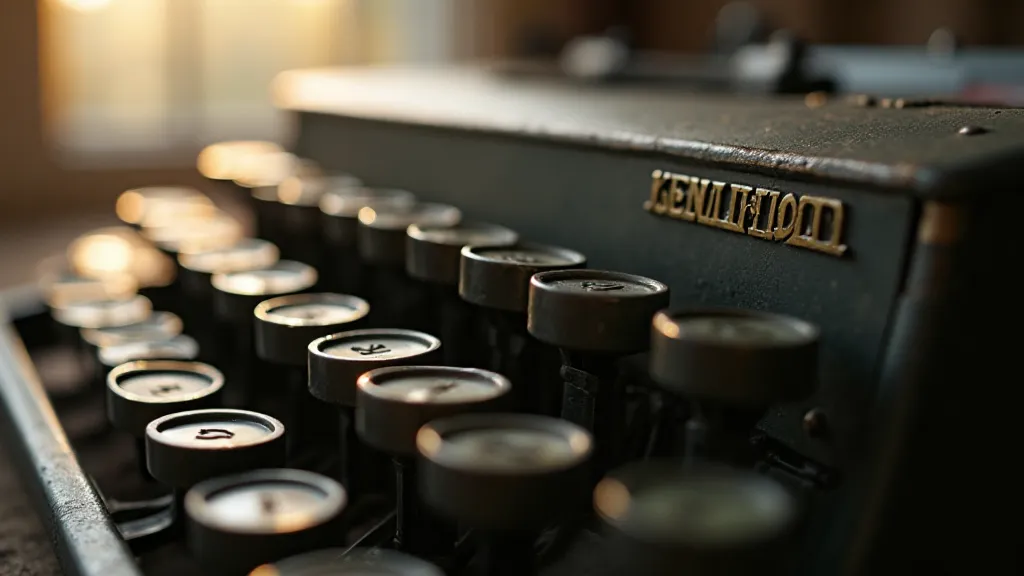
The Ghostly Echoes of Creation
Think of the countless documents that emerged from these machines: novels drafted late into the night, legal briefs meticulously prepared, passionate letters exchanged across continents. Each key press, a commitment. Each carriage return, a moment of pause and reflection. The physicality of the process forced a slower, more deliberate style of writing – a stark contrast to the rapid-fire churn of modern digital composition. We can only speculate about the stories that never made it past the first few pages, the brilliant ideas abandoned when the writer lost momentum, or the heartfelt declarations that remained etched only in the worn ribbons.
My grandmother, a librarian, owned a Royal Quiet De Luxe. I remember, as a child, being utterly fascinated by it. The satisfying *thwack* of the keys, the smell of the ink ribbon – it was a sensory experience unlike anything I’d encountered. She used it for correspondence, meticulously crafting thank-you notes and cataloging requests. I never knew the specifics of her life, but I felt a connection to her through that machine, a sense of continuity across generations. Now, her typewriter sits in my storage room, a quiet monument to a life largely unknown to me. I often wonder about the letters it composed, the conversations it facilitated, and the emotions it conveyed – a tangible link to a past I only glimpse. The very act of using a typewriter seemed to imbue the writing process with a certain weight and significance, a connection to a long line of writers and communicators who had relied on these machines before us. It’s fascinating to consider the echoes of those past authors, resonating within the metal frame of these enduring objects.
The Rise and Fall of the Mechanical Word
The history of the typewriter is surprisingly complex. Early prototypes emerged in the 8th century, but it wasn't until the mid-19th century that Christopher Latham Sholes, Carlos Glidden, and Samuel Soule patented a practical design, leading to the production of the first commercially successful typewriter by E. Remington and Sons in 1873. Initially marketed as a solution for female office workers – a significant social shift in itself – typewriters rapidly transformed the landscape of business and communication. The QWERTY layout, intentionally designed to slow down typing and prevent jams, ironically became a defining characteristic of the machine, persisting even as technology advanced.
The early 20th century saw a golden age for typewriters. Companies like Underwood, Smith Corona, and IBM dominated the market, each vying for dominance with innovations in design and functionality. The electric typewriter, introduced in the 1920s, further increased speed and efficiency, but the fundamental process remained the same: the striking of metal type against an inked ribbon to imprint characters onto paper. The sounds these machines produced – the distinctive *ding* of the carriage return, the clatter of keys – created a unique aural landscape that defined an era, a soundscape now largely forgotten. It's a fascinating subject, and one that’s been explored by researchers studying the aural landscapes of the typewriter era – a world of mechanical rhythms and the subtle sounds of creation.
The advent of personal computers and word processors in the 1980s marked the beginning of the typewriter’s decline. The ease of editing, the versatility of digital fonts, and the sheer convenience of electronic storage ultimately rendered the typewriter obsolete for most practical purposes. Yet, its legacy endures.
A Testament to Craftsmanship and Detail
Examining a vintage typewriter is an exercise in appreciating craftsmanship. The intricate mechanism, the precision engineering, the quality of the materials – it’s a far cry from the mass-produced, often disposable products of today. Many older typewriters featured stunning art deco designs, reflecting the aesthetics of their time. The quality of the metal castings, the solidity of the construction – these are qualities that inspire a sense of respect and even awe. The feel of the keys, the responsiveness of the mechanism – these are tactile experiences that are often lost in the digital realm. Consider the sheer dedication required to create such a complex piece of machinery, a dedication that reflects a commitment to quality and durability rarely seen in modern manufacturing. Restoring these machines is more than just a mechanical process; it's an act of preserving a piece of history, a tangible link to a bygone era when craftsmanship was paramount. The process of repair and restoration itself can be an art form, requiring a deep understanding of the machine’s mechanics and a meticulous attention to detail – subjects explored further in A Tapestry of Letters: The Art of Repairing and Restoring Typewriters.
Restoring a typewriter is a labor of love, requiring patience, skill, and a deep appreciation for the machine’s history. Cleaning the mechanism, lubricating the moving parts, replacing worn ribbons – these are tasks that demand a hands-on approach and a willingness to connect with the machine on a personal level. The reward is a fully functional piece of history, a tangible link to a bygone era.
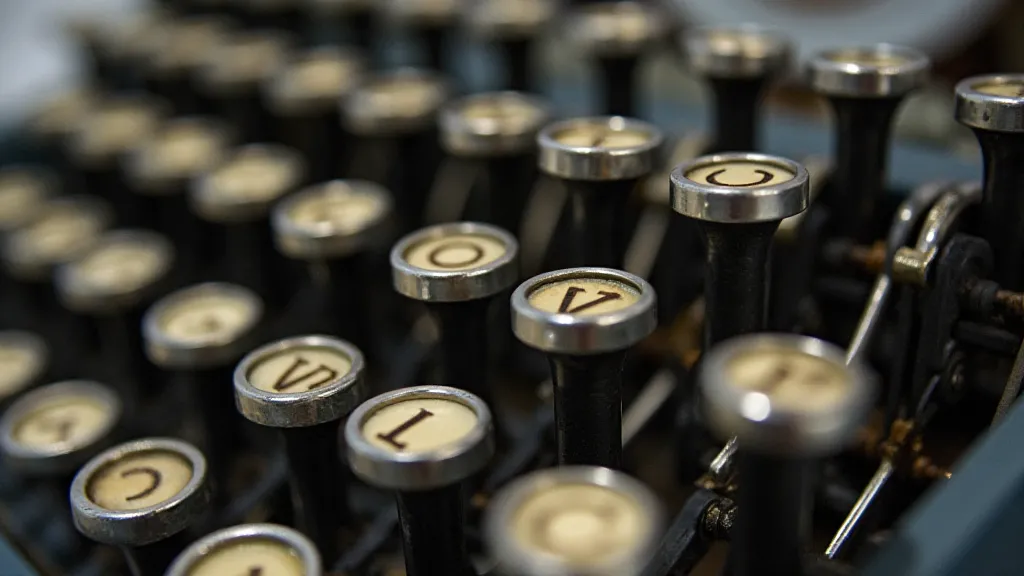
The Stories Within the Silence
It’s the silence of these machines that is most evocative. Each typewriter represents a story unfinished, a conversation unheard. Imagine the countless drafts crumpled and discarded, the frustrated sighs of writers grappling with writer’s block, the quiet triumphs of those who finally conquered their creative demons. These stories are not recorded in any official archive; they exist only in the collective memory of those who used these machines. These lost narratives, the echoes of creativity and struggle embedded within the metal and ink, prompt us to consider the invisible histories contained within these objects. We are surrounded by things that hold stories—sometimes grand, sometimes quiet—but always present. The very act of collecting vintage typewriters is an act of preservation, an attempt to rescue these artifacts from oblivion. Each machine tells a story, not just about its design and manufacture, but also about the lives of those who used it. Perhaps, by studying these machines, we can gain a deeper understanding of the past, and a greater appreciation for the enduring power of the written word.
The persistence of memory is profoundly connected to these artifacts. They are more than just machines; they are vessels of experience, conduits for emotions, and repositories of personal histories. Understanding how these objects shape our understanding of the past, and how the memories they hold impact our present, is a fascinating study—and one that connects to the broader exploration of The Ghosts of Letters: Typewriters and the Persistence of Memory, delving into the ways objects serve as anchors for our recollections.
The mobility of typewriters also played a significant role in the spread of ideas. As people migrated and relocated, they carried their typewriters with them, introducing new writing styles and communication methods to different regions. This movement of machines facilitated a cross-cultural exchange of information, fostering a sense of interconnectedness across vast distances – a subject ripe for further examination in “The Carriage’s Journey: Typewriter Migration and the Spread of Ideas.”
The physical act of writing on a typewriter also seems to have influenced the thoughts and ideas that were captured on the page. The deliberate nature of the process, the lack of immediate correction, and the visual impact of the typed words all contributed to a unique writing experience that is difficult to replicate in the digital age. The act of typing forced writers to be more thoughtful about their word choices, more careful about their sentence structure, and more attuned to the overall flow of their writing.
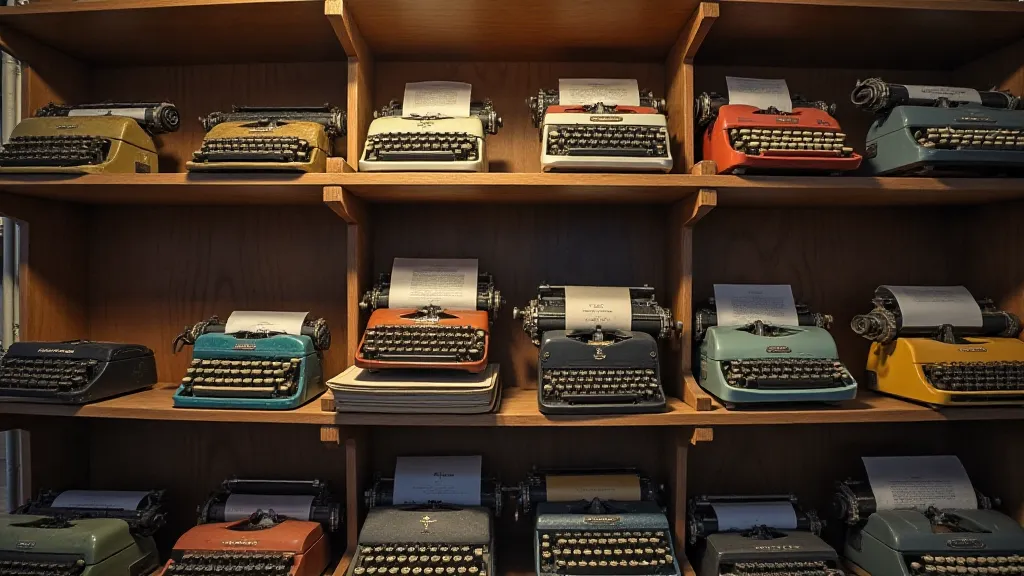
Beyond the Machine: A Legacy of Innovation and Connection
The typewriter’s impact extends far beyond its function as a writing tool. It revolutionized the workplace, empowering women in unprecedented ways and ushering in a new era of efficiency and communication. The very design of the typewriter, with its elegant curves and intricate mechanisms, reflects the spirit of innovation and creativity that defined the late 19th and early 20th centuries. These machines fostered a sense of community among users, enabling people to connect and share ideas in ways that were previously unimaginable. They were symbols of progress and modernity, reflecting a belief in the power of technology to transform society.
Today, as we navigate an increasingly digital world, the typewriter serves as a powerful reminder of the importance of slowing down, of appreciating the beauty of craftsmanship, and of connecting with the physical world around us. It’s a symbol of a simpler time, a time when writing was a more deliberate and personal act. It invites us to contemplate the stories that are lost and found within the echoes of a silent machine. Perhaps, by listening closely, we can still hear the faint clatter of keys, the whisper of ink on paper, and the unwritten chapters of a forgotten era.

